
Do I Really Need A Camera In 2023? Or Will My Phone Do Instead?
I need a camera in 2023. I still prefer taking photos with my camera rather than my phone. My phone is used for snaps, behind-the-scenes stuff, videos, oh yes, and to make phone calls and do other stuff. Lots of other stuff, granted.
But for taking real photos, yes, I am using air quotes here; you cannot beat the experience of taking photos with a camera. And I cannot take the photos I need with my phone. I cannot get the quality of photos with my phone that I get with my camera.
So, I need a camera in 2023.
But do you need a camera in 2023? Let me know. And if your answer is no, then that is just fine. But let me know what you think. After you have listened to this episode, of course.

Understanding Histograms In Photography
A histogram is a graph that shows the range of tones in a photo from black to white. A histogram can help a photographer to get the correct exposure. A histogram shows the photographer if an image is underexposed or overexposed and if any data is lost in the shadows or highlights.

Why Is Sharpness In Photography So Important?
Sharpness in photography relates to how the detail within a composition is captured and conveyed. A photographer should aim to produce the sharpest image every time. Sharpness can be used creatively, with the subject sharp and other elements in the composition less sharp. Image capture technique, camera settings, gear, and image processing all influence the sharpness of a photograph.

My Guide To Understanding Depth Of Field In Photography
Depth of field is the amount of a photo that is acceptably sharp from front to back. Depth of field is determined by the aperture, focal length and the distance from where you are to your subject. The photographer can change the depth of field for technical or creative reasons.
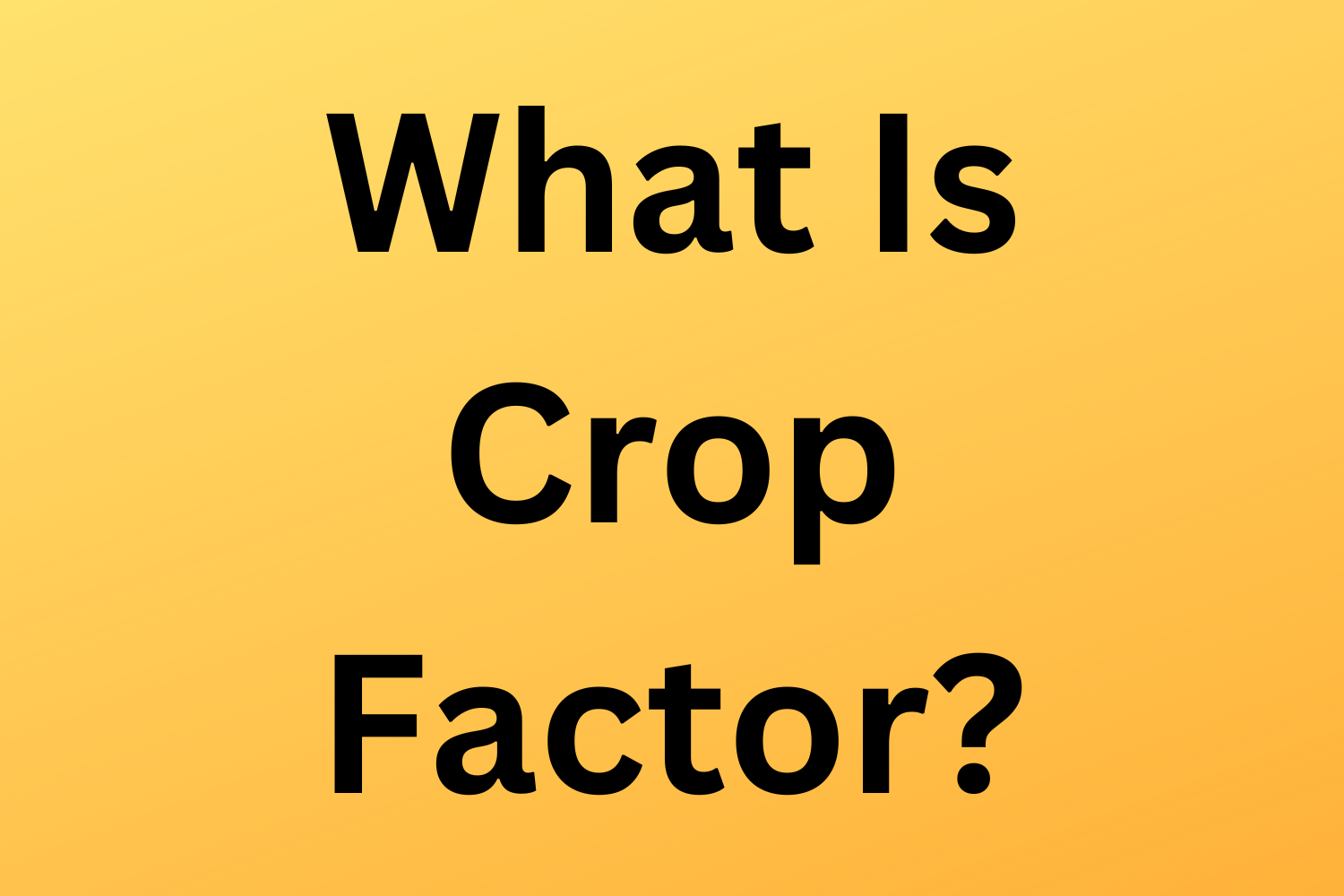
Photography Explained Podcast - What Is Crop Factor?
Crop factor is the number that is used to calculate the effective focal length when taking a photo with a cropped sensor camera or a micro four thirds camera.
A full-frame camera has a crop factor of 1 in theory, a cropped sensor camera has a crop factor of 1.5 - 1.6 and a micro four thirds camera has a crop factor of 2.
The crop factor converts the focal length stated on the lens to the effective focal length, for example
50mm on a full-frame camera is 50mm.
50mm on a cropped sensor camera is effectively 75-80mm.
50mm on a micro four thirds camera is effectively 100mm.
Basically, crop factors relate to the different sizes of digital camera sensors. The term crop factor is very important in photography, we really do need to understand this. This is about the physical size of the sensor, and how this affects the focal length selected and the effective focal length that you get.
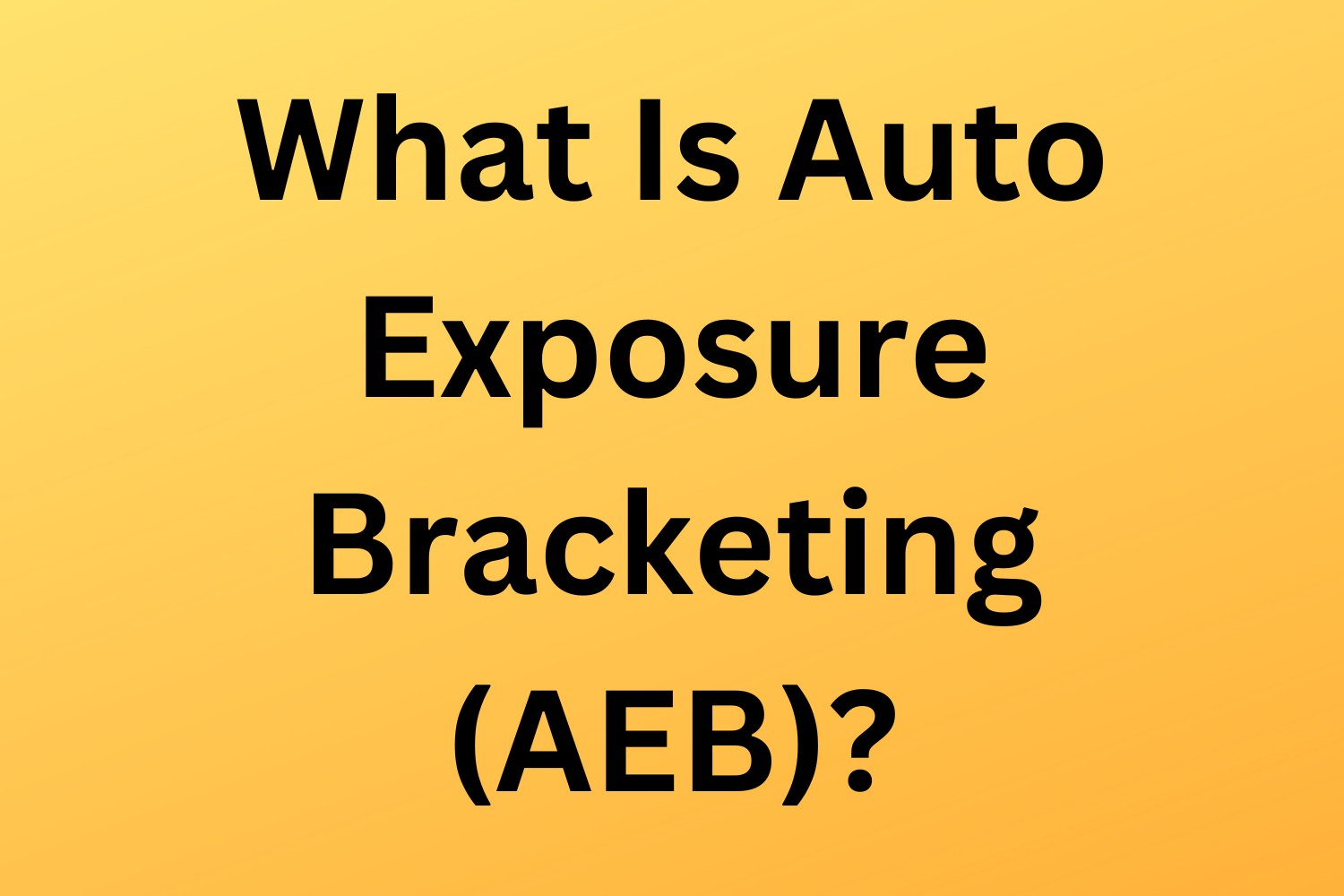
What Is Auto Exposure Bracketing (AEB)?
Auto exposure bracketing is the process of taking multiple photos at the same time to capture a wider dynamic range, a wider range of lights and darks. More of what we can see with our eyes.
When using auto exposure bracketing the camera automatically takes three photos, one the correct exposure, one underexposed photo, and one overexposed photo. The amount of under and over-exposure is set by the photographer.
The camera changes the aperture or shutter speed for the under and overexposed photos, which is determined by the picture mode that is being used.
Auto exposure bracketing is also known as AEB and is defined as an advanced operation by Canon.
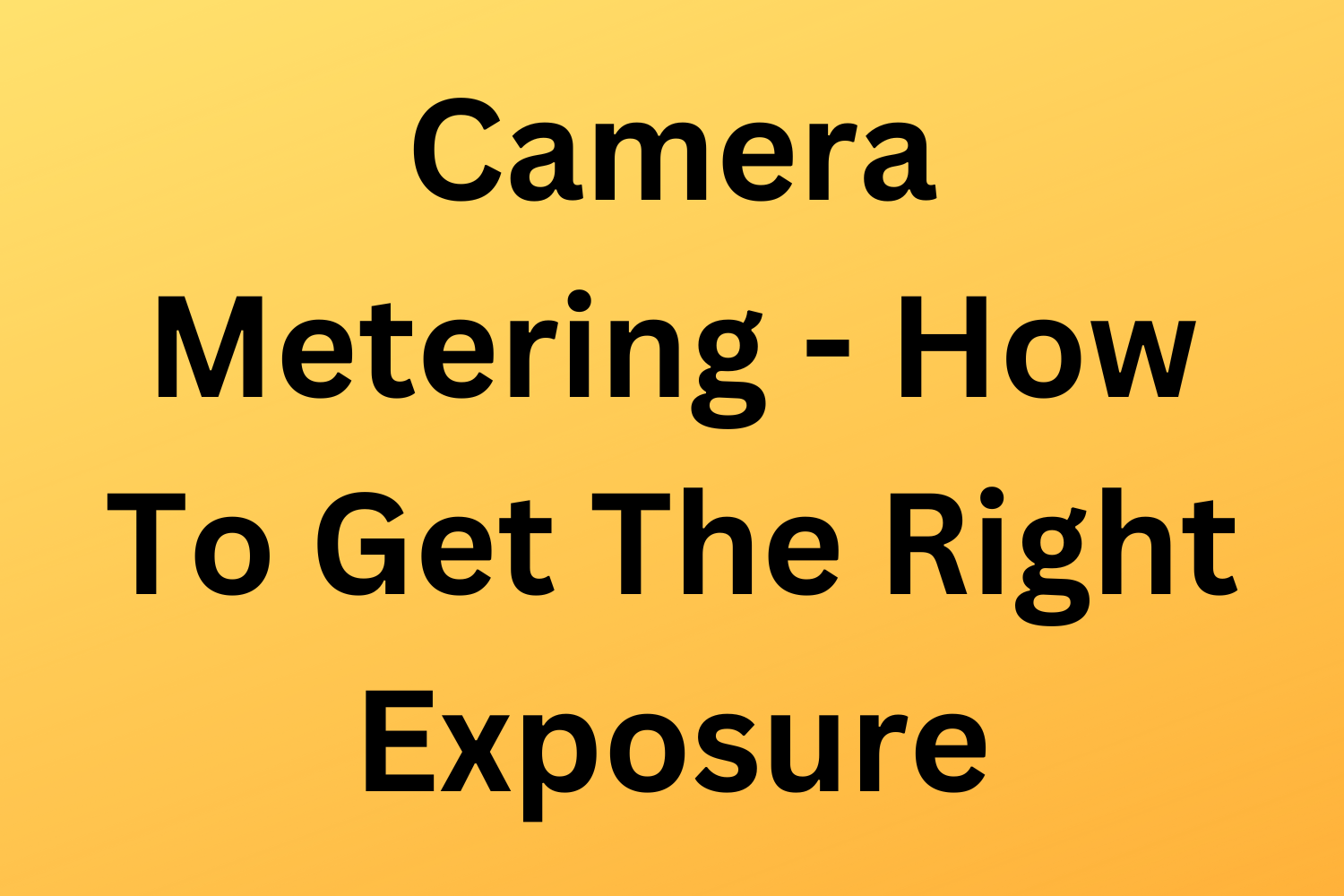
Camera Metering - How To Get The Right Exposure
When you take a photo, you press the shutter button. The camera takes a meter reading of the light before the shutter opens. The shutter then opens, exposing the camera sensor to light.
The amount of light that gets through to the camera lens is determined by the aperture selected and the amount of time that the shutter is open. The ISO determines how the camera processes the light that reaches the camera sensor.
Depending on which mode you are in, the camera selects the aperture, shutter and ISO to get the correct exposure having taken a meter reading. This is all done in the time between you pressing the shutter button and the photo being taken.
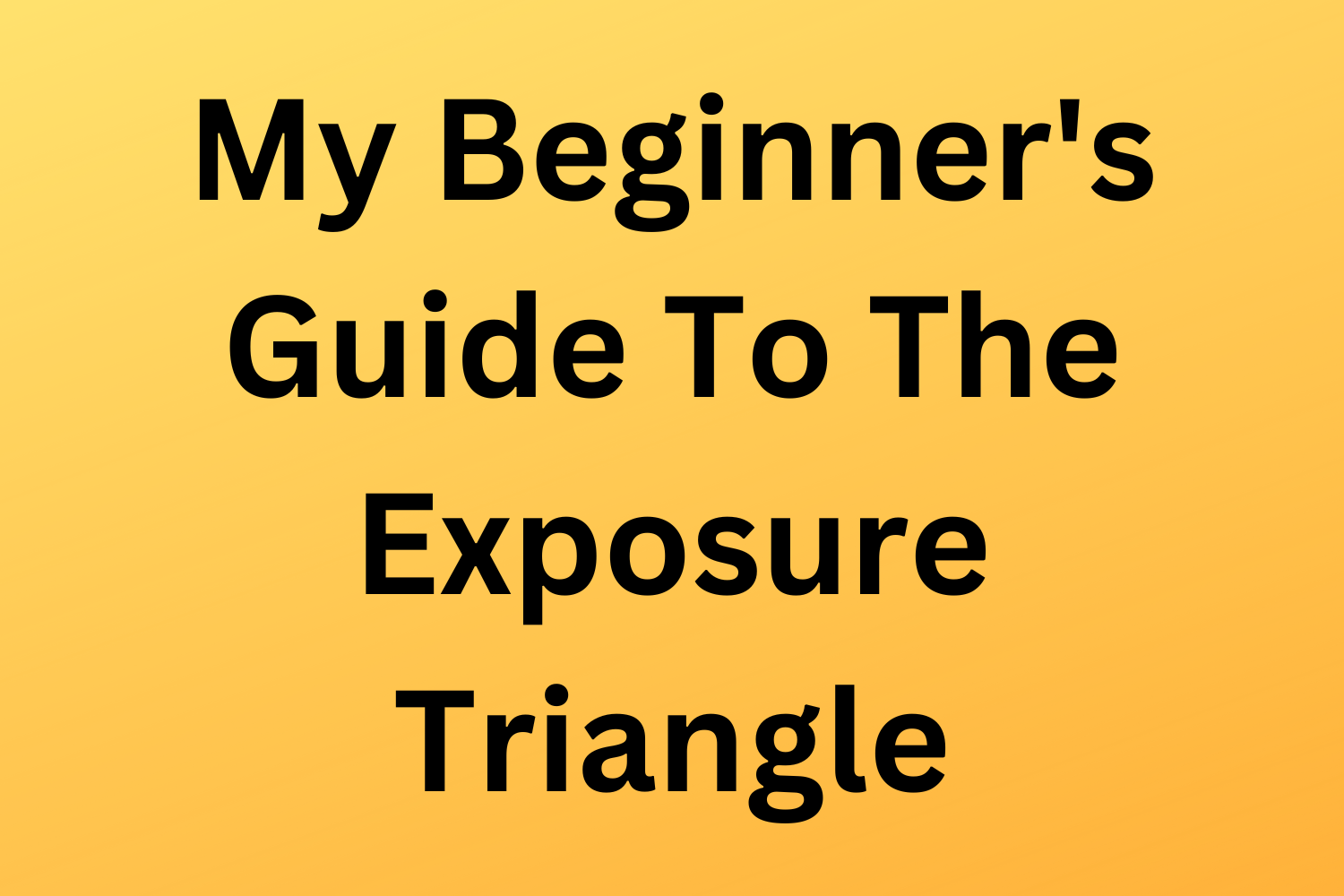
My Beginner's Guide To The Exposure Triangle
The exposure triangle is the combination of three camera settings, aperture, shutter speed and ISO, used to get a correct exposure when taking a photo. The exposure triangle allows photographers to use a specific aperture or shutter speed for a photo and still get the correct exposure. The exposure triangle helps photographers get the correct exposure in challenging lighting conditions.
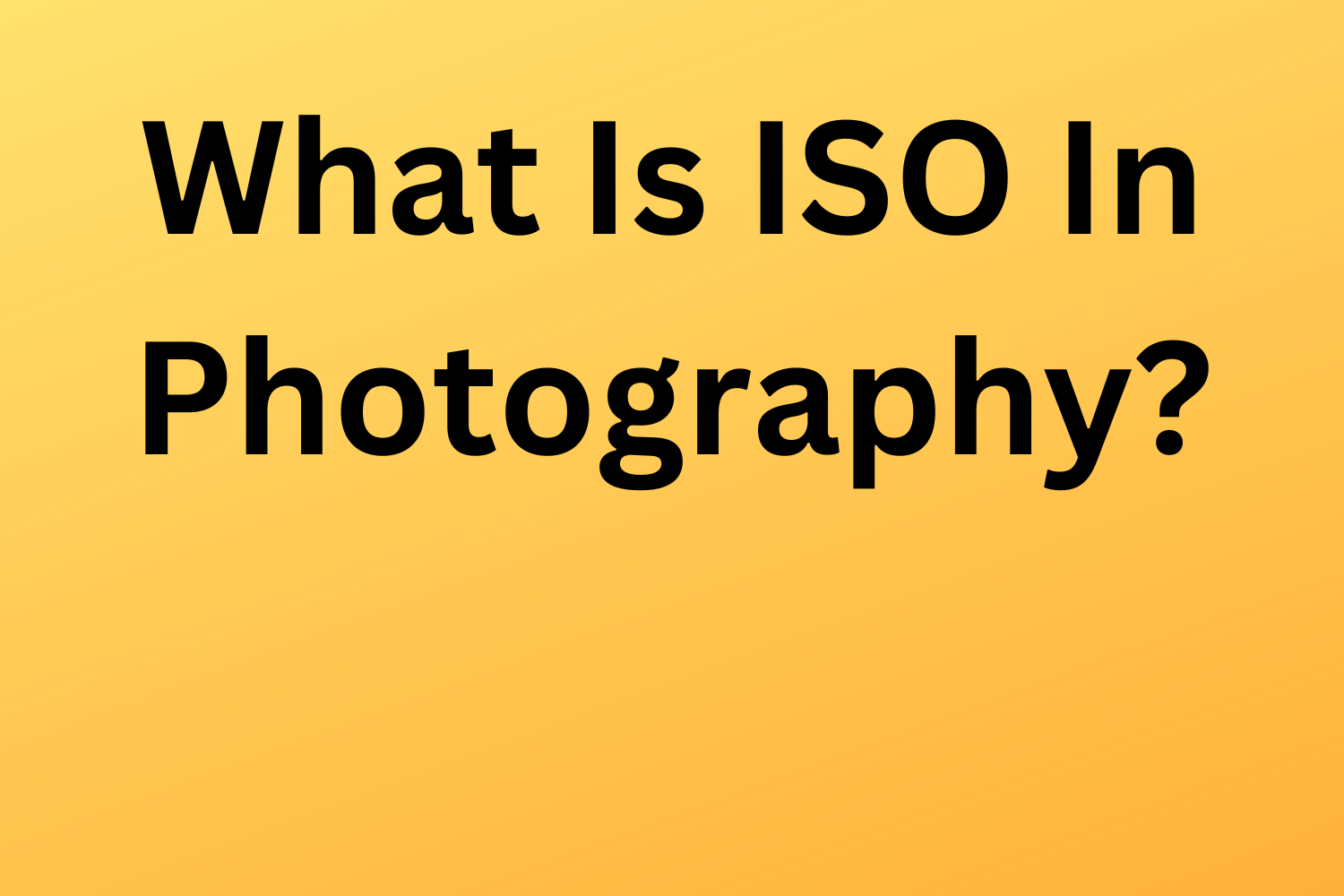
What Is ISO In Photography? All You Need To Know
ISO in photography refers to the sensitivity of the camera sensor to light. ISO is a camera setting that allows you to make a picture brighter or darker. The ISO setting helps you to use different apertures and shutter speed combinations to get the correct exposure in varying lighting conditions. The ISO setting enables you to use faster shutter speeds in low-light conditions. ISO is one of the three elements of the exposure triangle, the others being aperture and shutter speed.
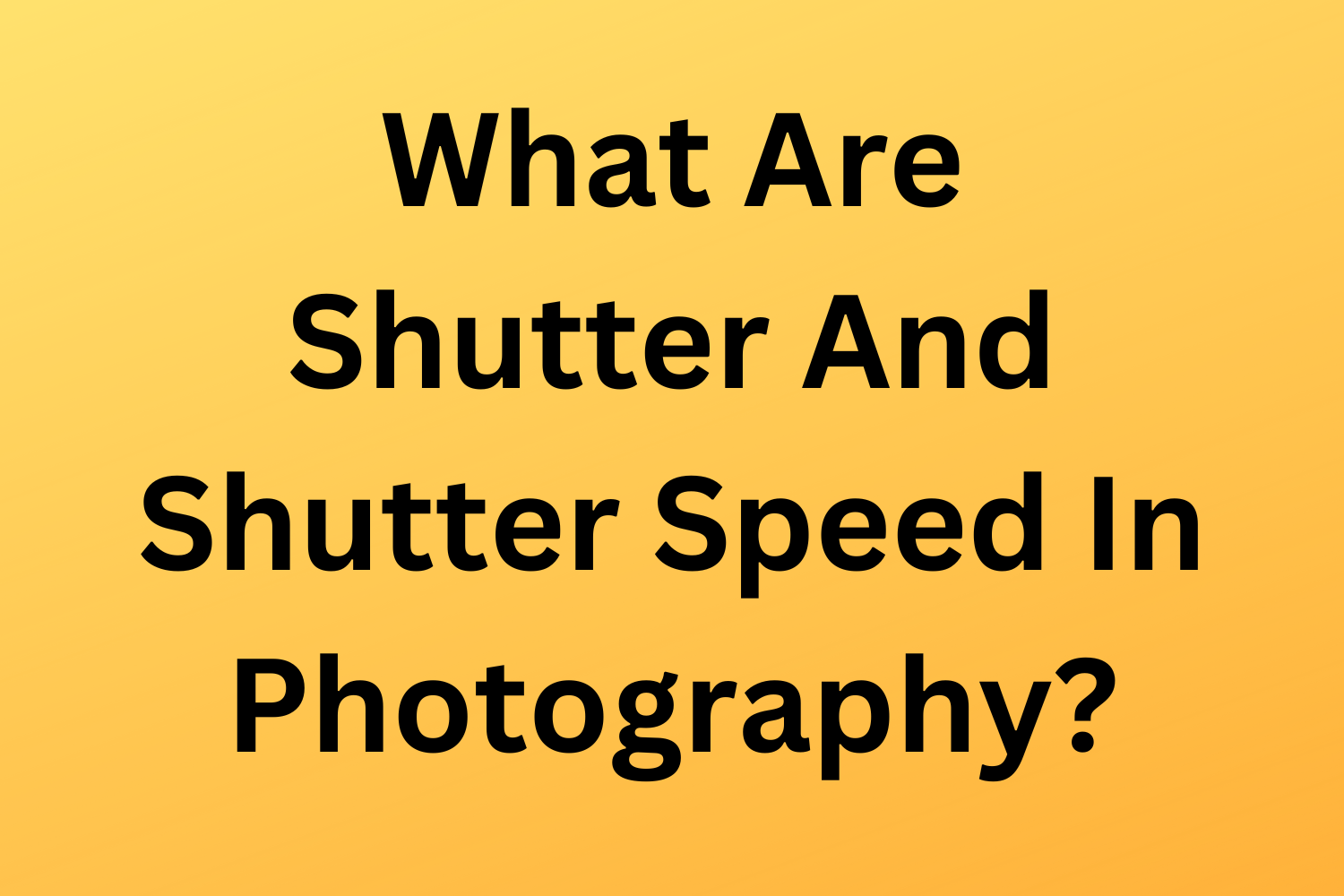
What Are Shutter And Shutter Speed In Photography?
The shutter in a camera is the thing that moves when the shutter release button is pressed exposing the camera sensor to light.
Shutter speed is the amount of time that the camera sensor is exposed to light. The shutter speed can be changed to allow more or less light to reach the sensor, getting a correct exposure in combination with the aperture and ISO. Fast shutter speeds freeze the action and capture fast-moving things, and are also used in bright lighting conditions. Slow shutter speeds can create movement and blur in photos and are also used in low-light conditions.
When taking photos handheld the shutter speed needs to be fast enough to prevent camera shake and ensure that you get a sharp image every time.
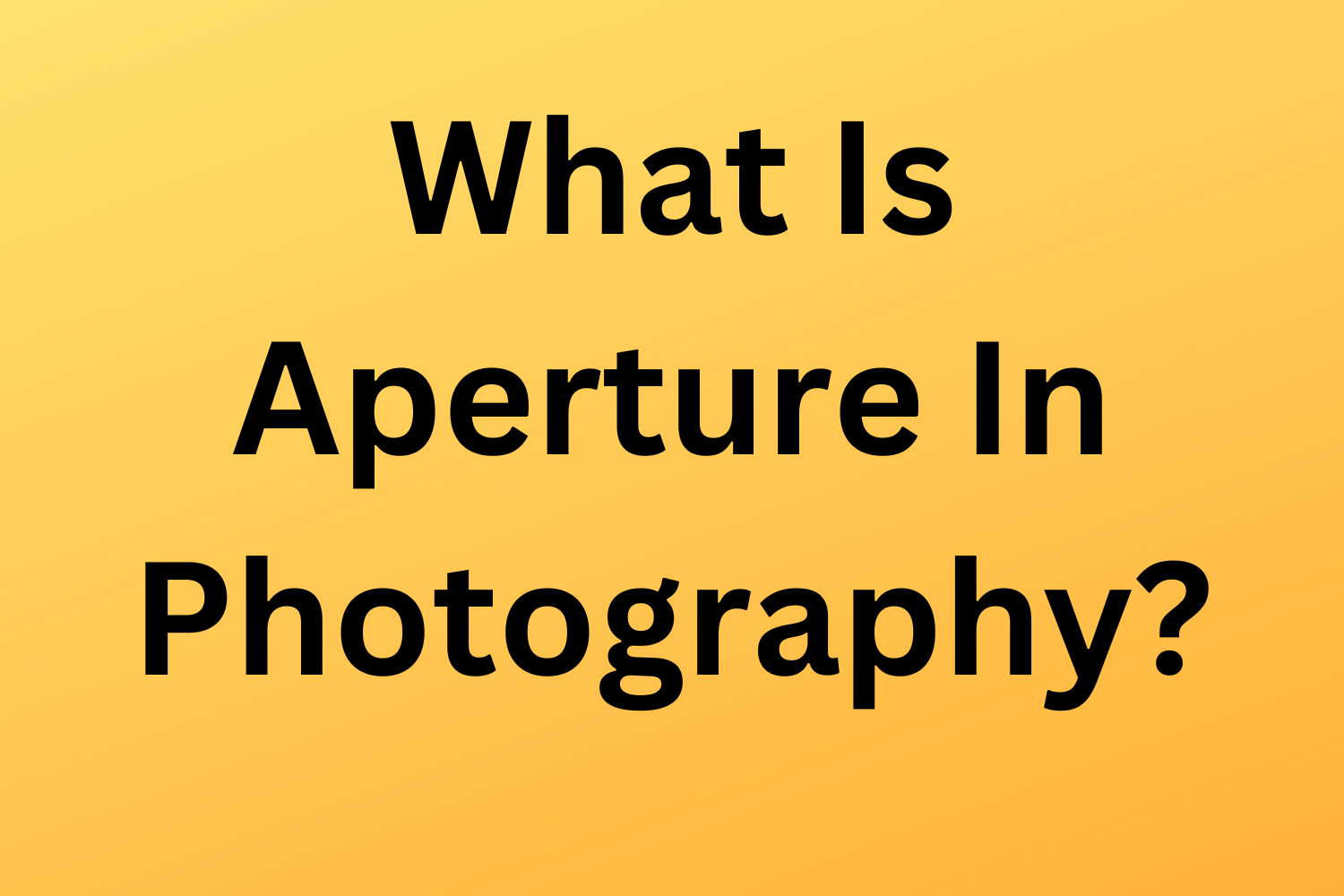
What Is Aperture In Photography? (revisited)
Aperture in photography is the size of the opening in the camera lens which light passes through to get to the camera sensor. The aperture can be made larger to let more light in, or smaller to let less light in. The aperture is used in conjunction with the camera shutter speed to get the correct exposure. The aperture is also used in conjunction with shutter speed and ISO to take photos with different camera settings. The aperture used also determines the depth of field in an image, which is the amount that is sharp from front to back.
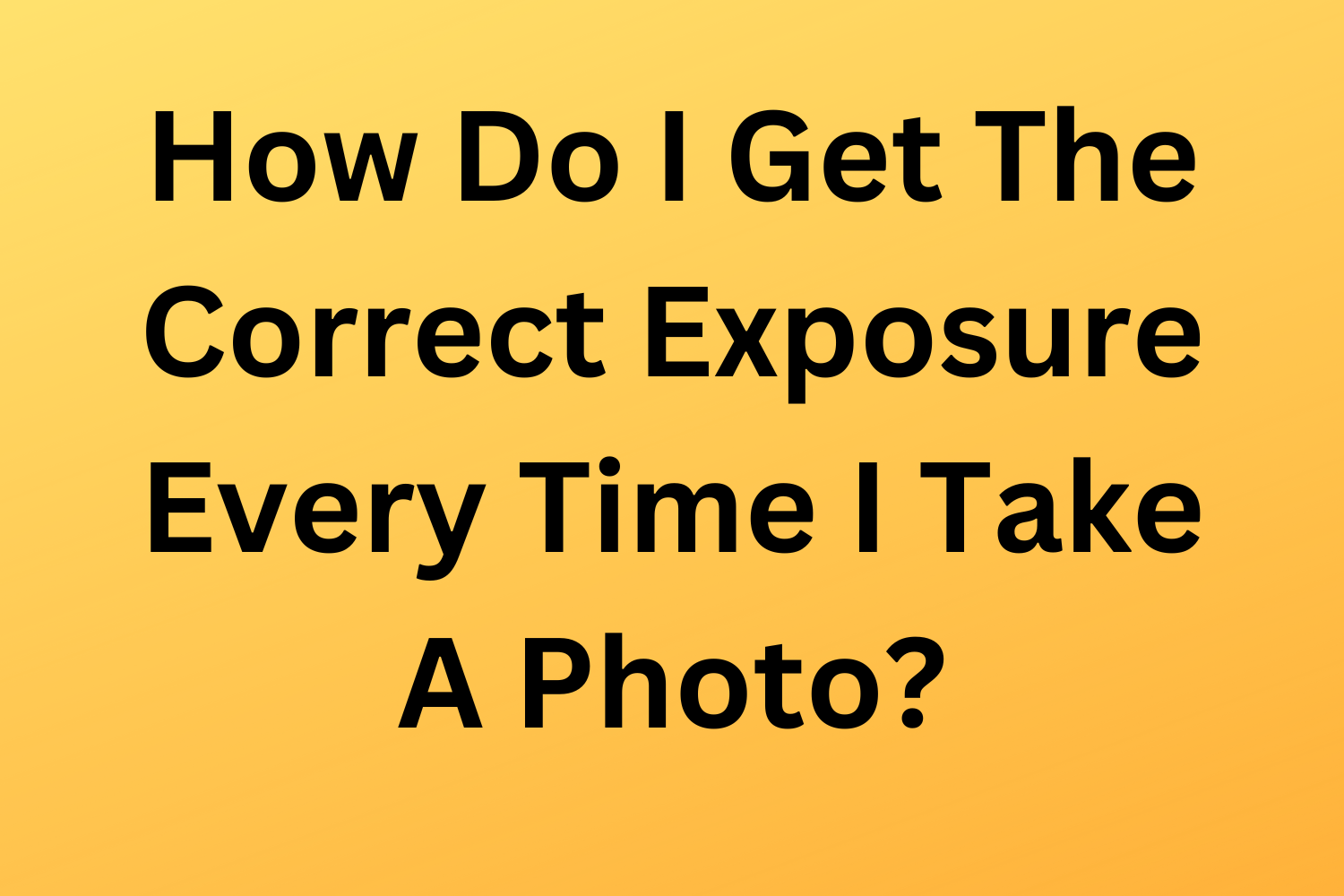
How Do I Get The Correct Exposure Every Time I Take A Photo?
To get the exposure right every time you take a photo you need to
Choose the right camera settings
Compose the photo
Take a meter reading
Adjust the settings if needed
Take the photo
Check the results
Take another photo if you have to
Or change your composition or how your subject and the light relate to each other
Yes, it really is that simple. That is how to get the exposure correct every time you take a photo.

Start Your Real Estate Photography Business Today: Practical Steps & Actionable Tips
Ready to start a real estate photography business? Follow our proven roadmap to master pricing, equipment, and marketing. Launch your profitable side hustle today!
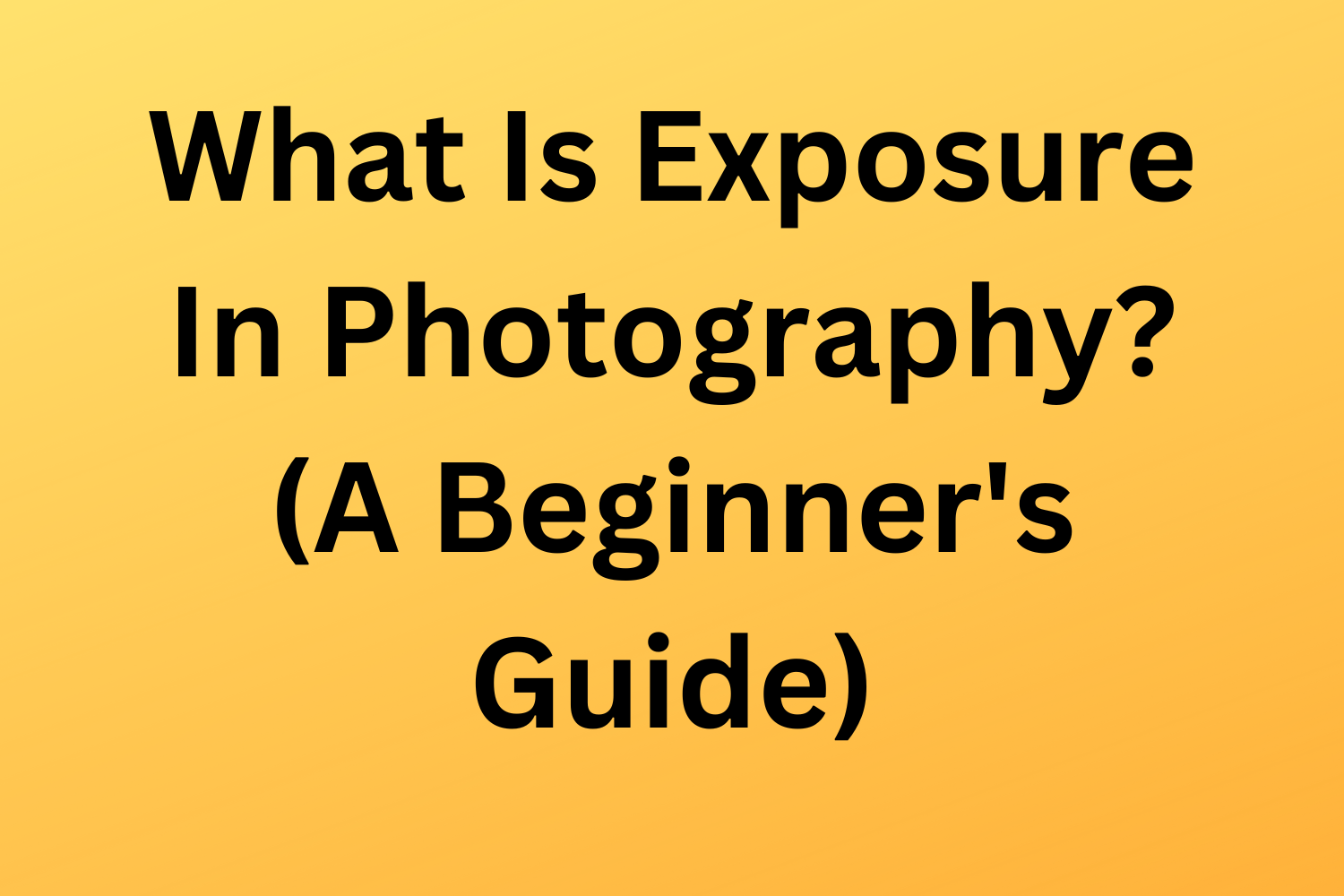
What Is Exposure In Photography? (A Beginner's Guide)
Exposure in photography is the amount of light that reaches the camera sensor when taking a photo. A correctly exposed image has captured the range of light in a scene correctly. An underexposed photo is too dark, with information not recorded in the shadows. An overexposed image is too light, with information not recorded in the highlights.
The exposure can be changed by changing the aperture, shutter and ISO. The relationship between the aperture, shutter and ISO is called the exposure triangle.
Photographers must understand exposure to ensure we know how to take photos correctly. You should get the right exposure every time you take a photo.
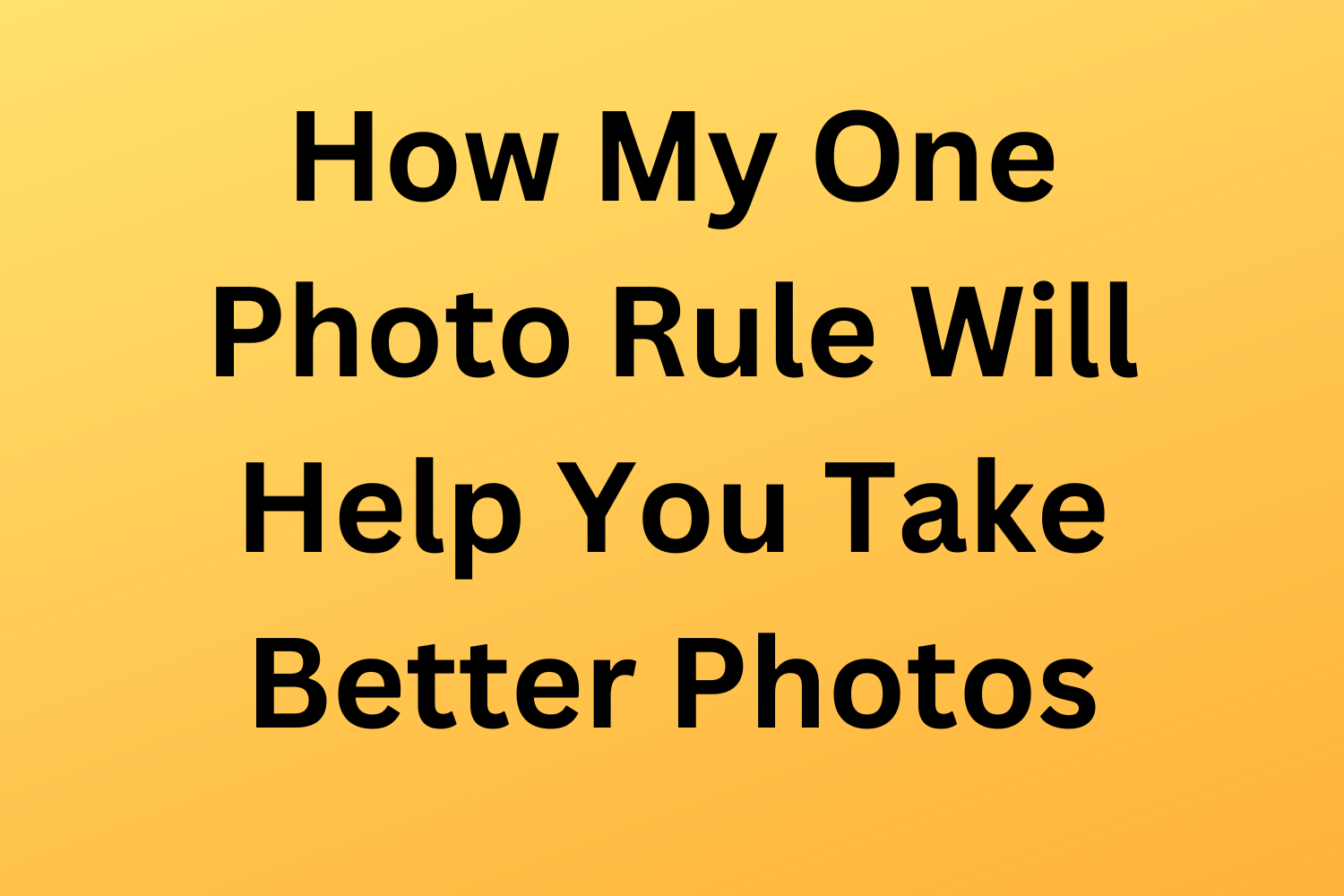
How My One Photo Rule Will Help You Take Better Photos
Take one photo. When you are looking at something you want to photograph take one photo. Do not take loads of photos from different angles and viewpoints. Do not take hundreds of photos and try to find the good one when you get back home. Stop, think, look around, and take the best one photo that you can. And then move on.
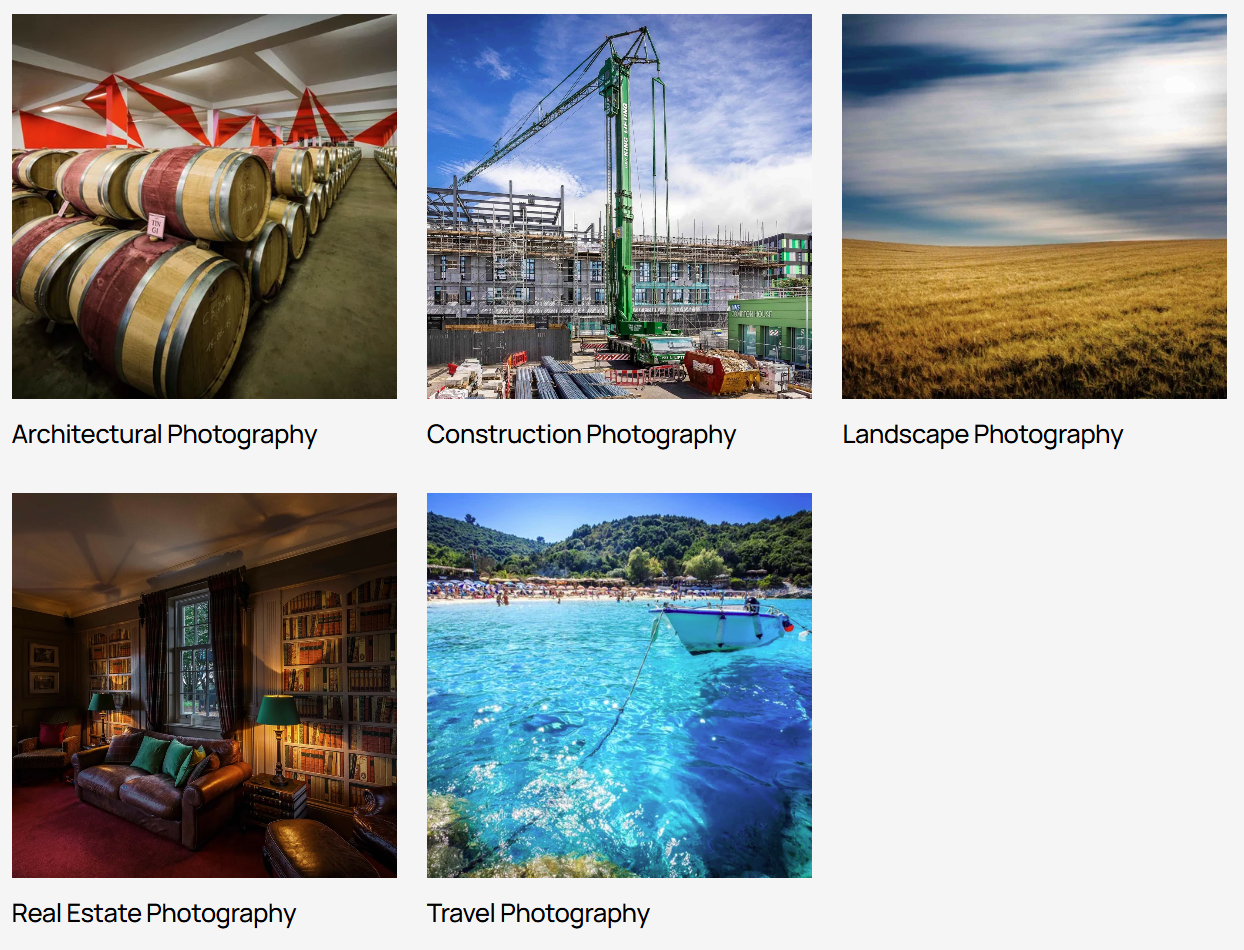
How Do You Create A Great Photography Portfolio?
At some point in the journey of every photographer, we need to create a portfolio. In this post, I will tell you what you need to do to create your own, great photography portfolio. And why. And even how.
You create a great photography portfolio by
Deciding what your photography portfolio is for
Deciding who you want to see your images
Selecting no more than 20 of your best images
Refining the edits to make the photos the best you can
Putting the images in a logical sequence
Publishing your portfolio for the world to see
A great photography portfolio shows anyone in an instant who you are as a photographer, what you can do, how you create photos, how you see and interpret the world, and how you create great images.
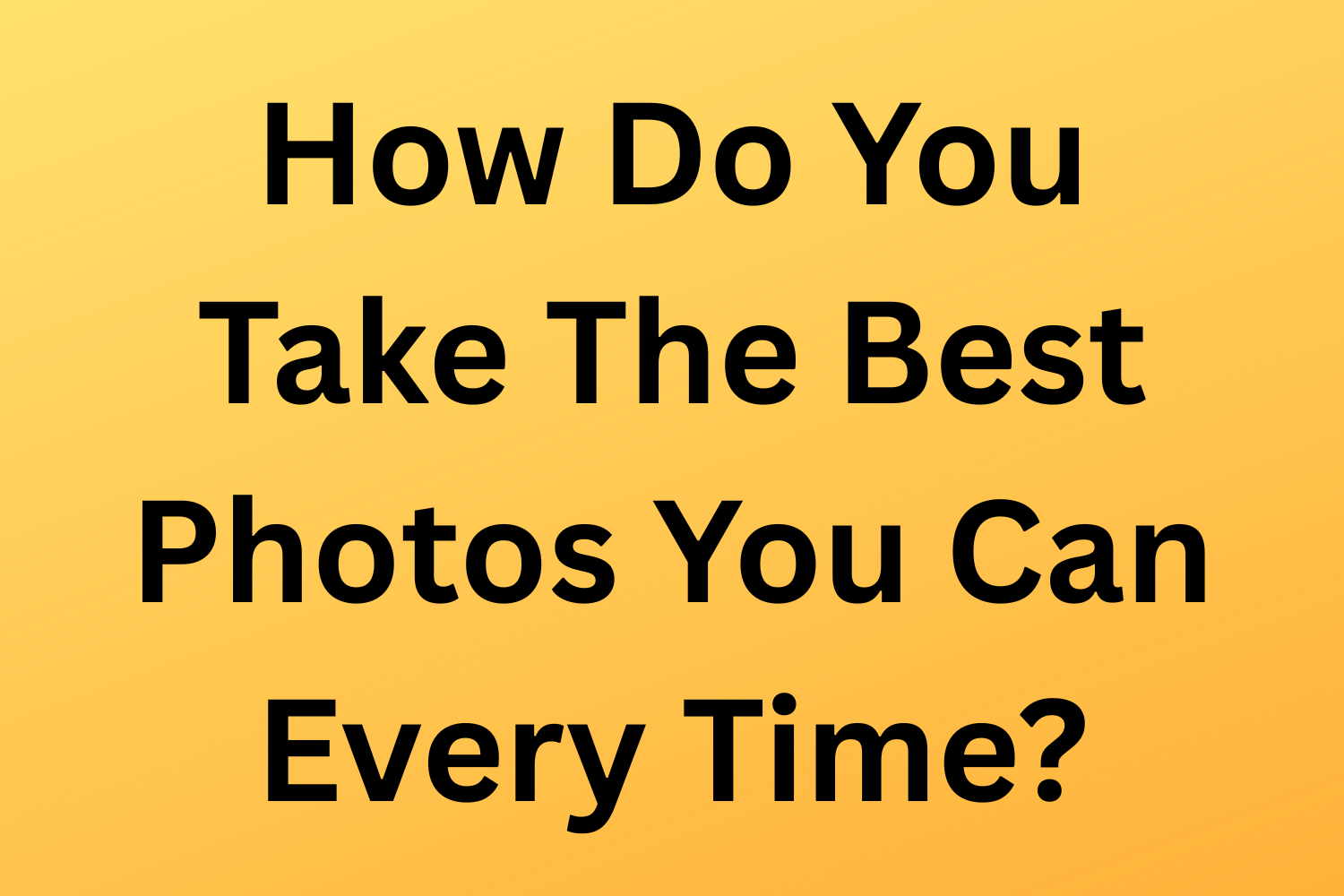
How Do You Take The Best Photos You Can Every Time?
To take the best photos that you can, stop, slow down, look around and think about what you are photographing. Think about what you are including in a photo, think about what you are not including in a photo, think about how the elements of a photo relate, and think about the light. Then get your composition. Then get all that technical stuff sorted. And then take the photo.
They say the best advice is free, and this is just that. Free advice that will help you to take the best photos that you can every time. Everything I talk about in this episode costs nothing other than time. And thought.
Yes, a lot of what I am talking about here is all about plain old thinking.
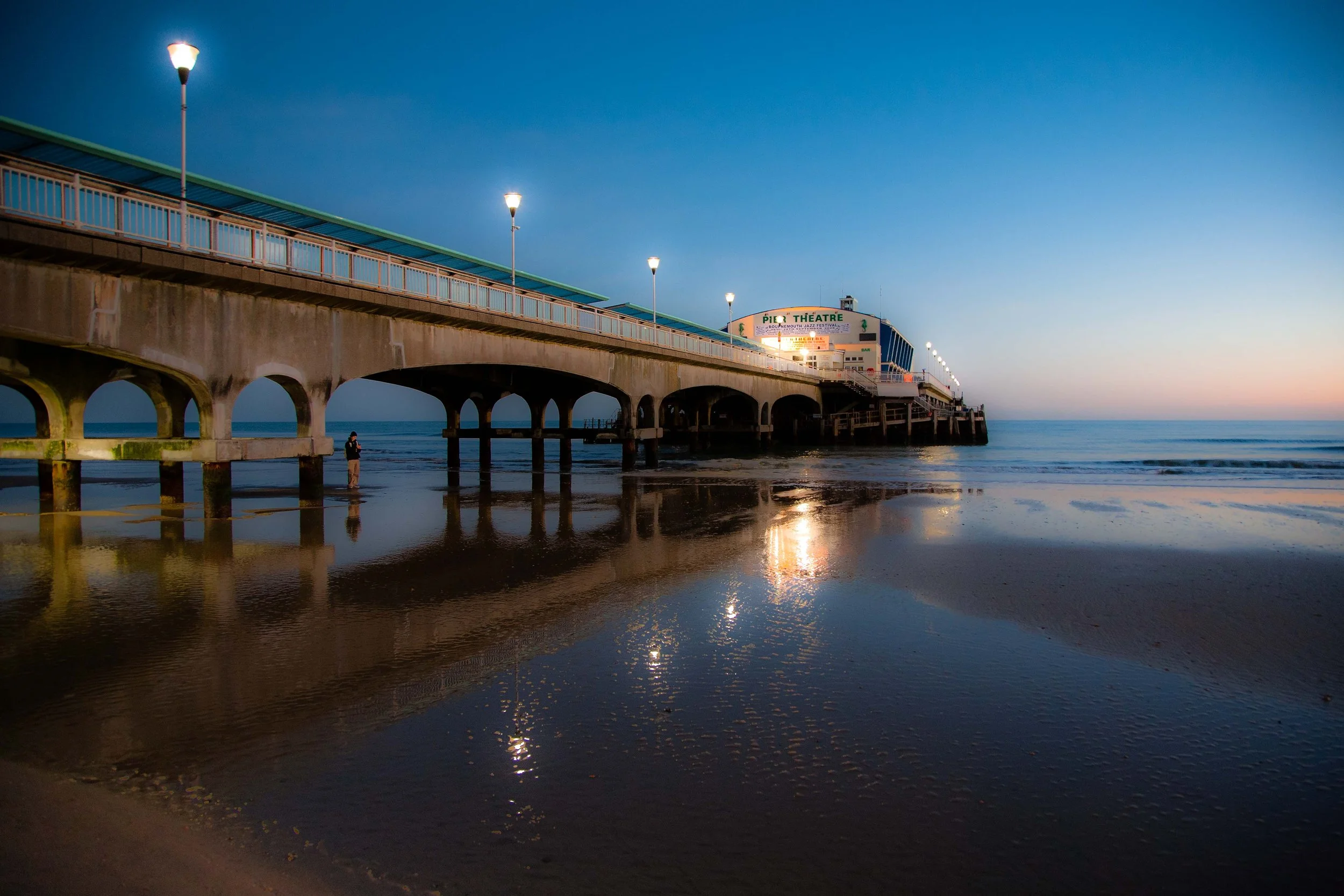
How I Created My Photography Portfolio In 2013
In 2013 I started to take my photography much more seriously. I compiled my first photography portfolio which I submitted to the BIPP, the British Institute of Professional Photography. I was working as a professional photographer but wanted professional qualifications to give me credibility as a photographer.
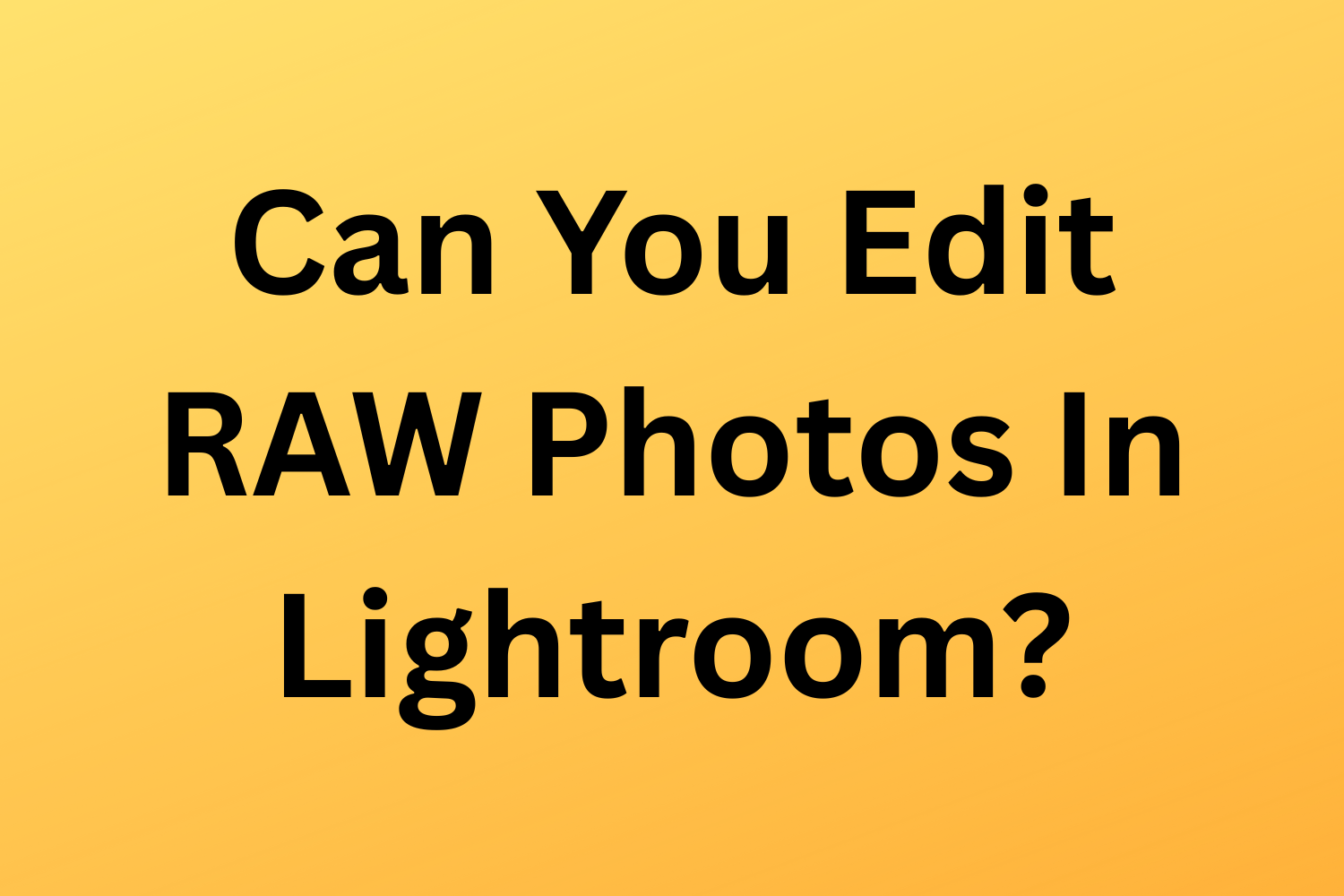
Can You Edit RAW Photos In Lightroom?
You can edit RAW photos in Lightroom. RAW images open, and behave in exactly the same way as JPEG files, but with RAW files you get more options, choices and adjustments. RAW files are unprocessed on import into Lightroom. They need more work, but you can get better results. You need to export RAW photos out of Lightroom as JEPG files for other people to be able to open them.
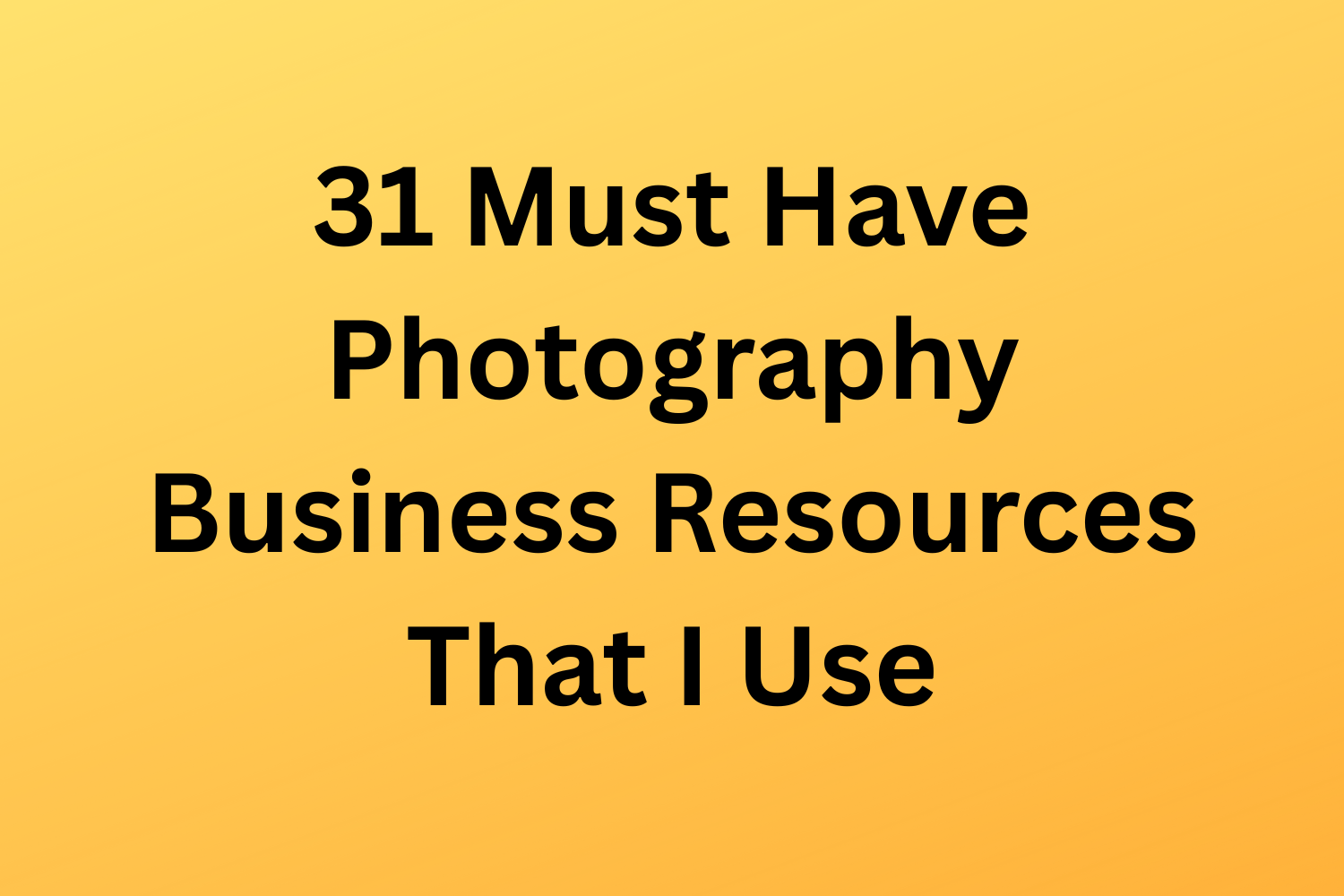
31 Must Have Photography Business Resources That I Use
Photographers need resources to help run and grow their businesses. In this post, I tell you 31 valuable resources that I use daily to run and also to grow my photography business, and my online presence. These are all things that I use myself, that I am happy to recommend to you. I only recommend things that I use myself that I think will help you if you are looking to start or grow a photography business.